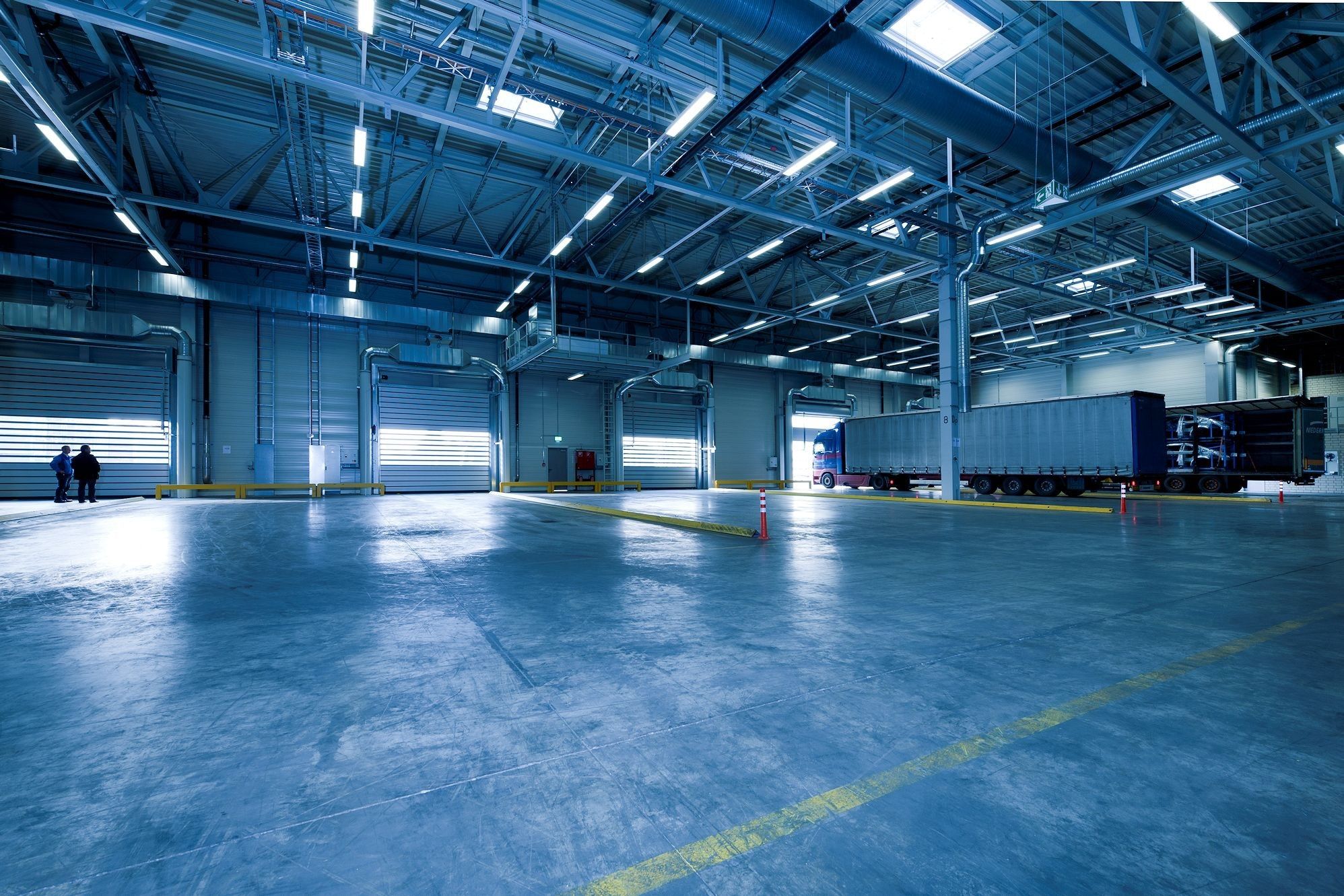The LED Lighting industry has been built on the back of path-breaking ideas and market-defining trends. We present to you the top 5 trends in 2019 that are bound to define the way OEMs are going to dictate the manufacture of LED lighting products.

1. Automation of Controls
The instant-on features along with wireless capabilities provided by LED lights have made them more inclined towards having automated controls deployed on them. These advanced controls improve efficiency and can conserve precious energy spent on lighting. Coupled with software, they can pave way for industry automation systems and streamline operational workflows.
2. Customized & Unique Lighting Fixtures
With customization, LED lights for both decorative and lighting purposes have been created accordingly to cater to different light schemes and create a sense of comfort. Lighting manufacturers are focusing more on smaller, brighter and more control-oriented (in terms of color and scene quality) lights to enrich spaces. Adjusting color and lumen intensity according to the perception and brightness requirements allows futuristic illumination designs and plans.
3. Automated Demand Responses
Some LED component manufacturers have successfully started incorporating Automated Demand Response Technology (ADR) to cater to fluctuating energy demands. Implementing ADR would mean programming customer control strategies and therefore causing minimal customer interruptions.
4. Increase in Safety Options
The advent of LED lighting has resulted in better vision quality which has increased workplace safety in various commercial and industrial environments coupled with better clarity for CCTV monitoring. Additionally, LED lights are now coupled with sensors and triggers to detect smoke or other hazards. Nowadays, LED lights can be programmed to light up pathways which are devoid of risk in case of emergency escapes.
5. IoT Tech Infrastructure
Sensor-driven LED lighting fixtures in smart building applications are the next stage of progression as property developers start utilizing data network infrastructure. Inclusion into the Internet-of-Things may prove to be valuable since it can help reduce costs, optimize energy usage, improve building operations, monitor air quality, path designing, optimize space sizes and designs along with a better living experience for customers.

